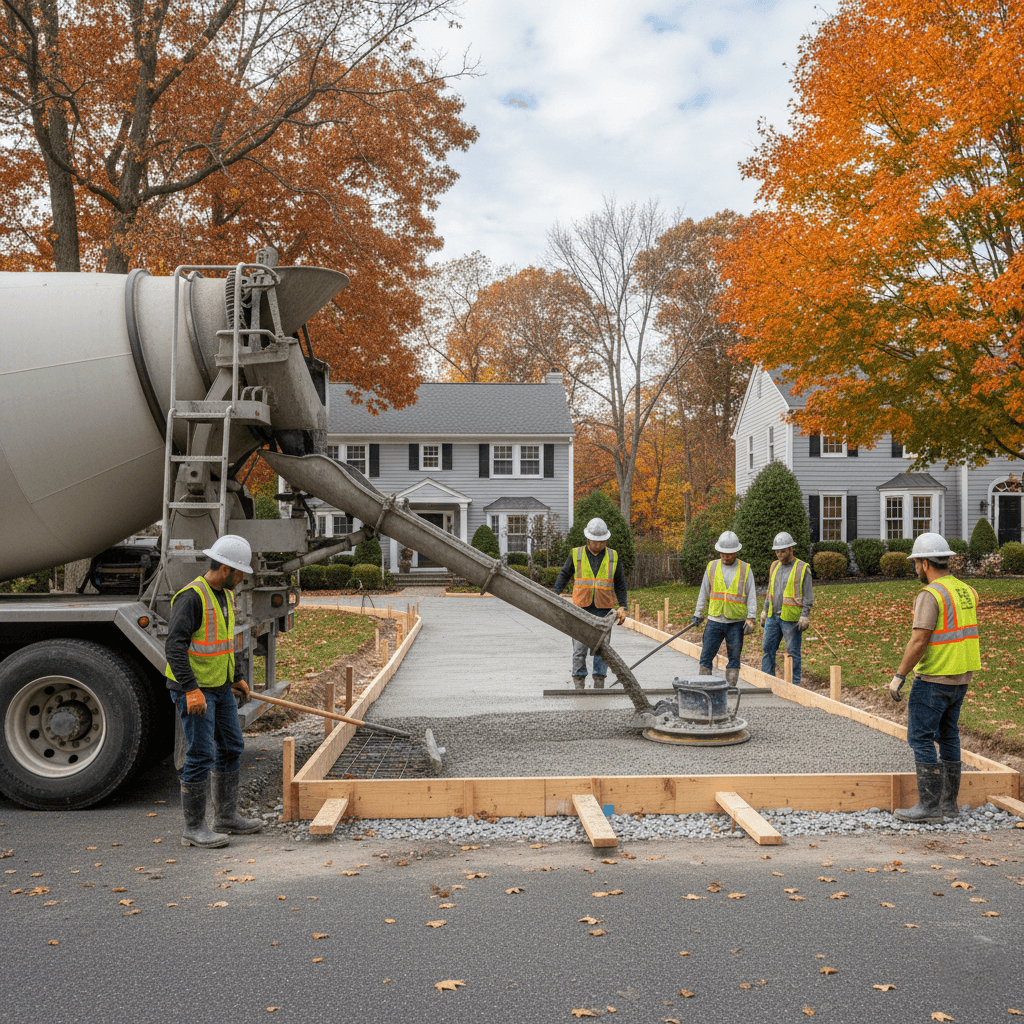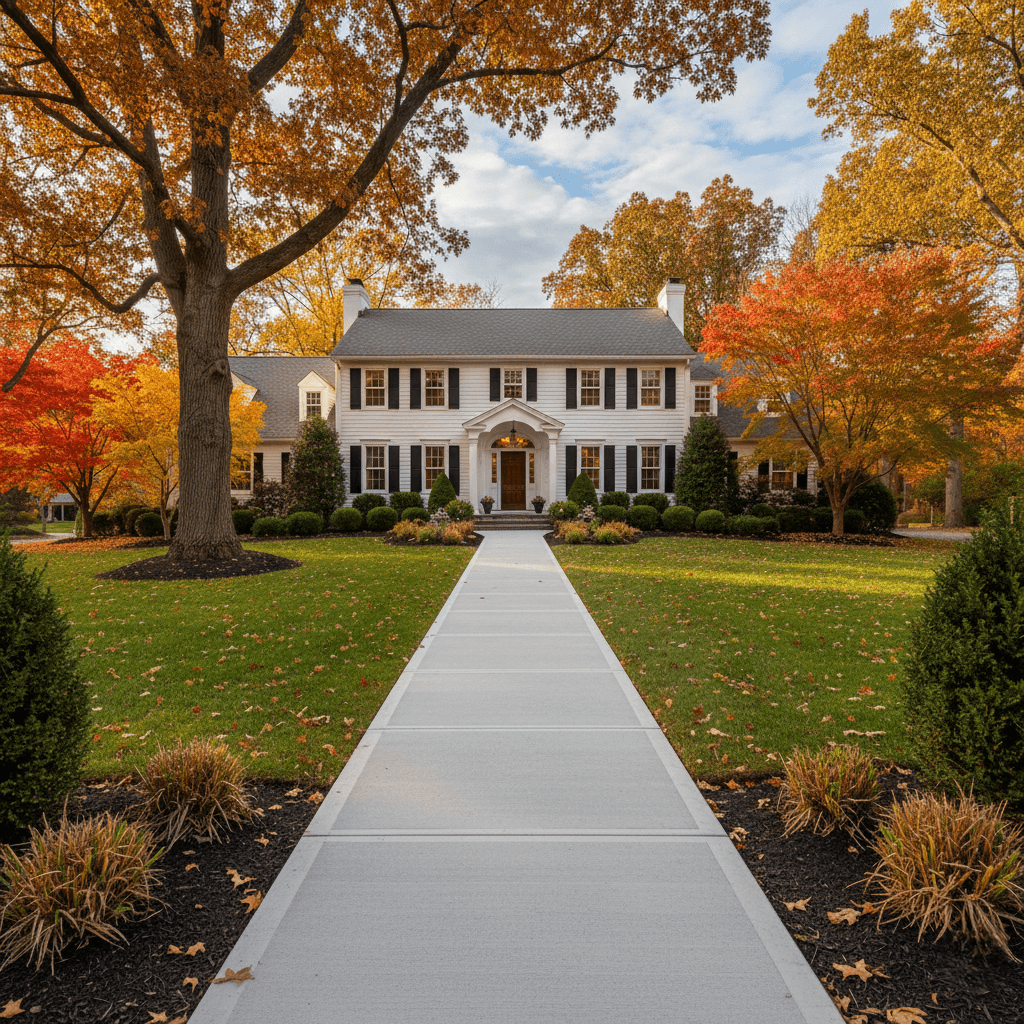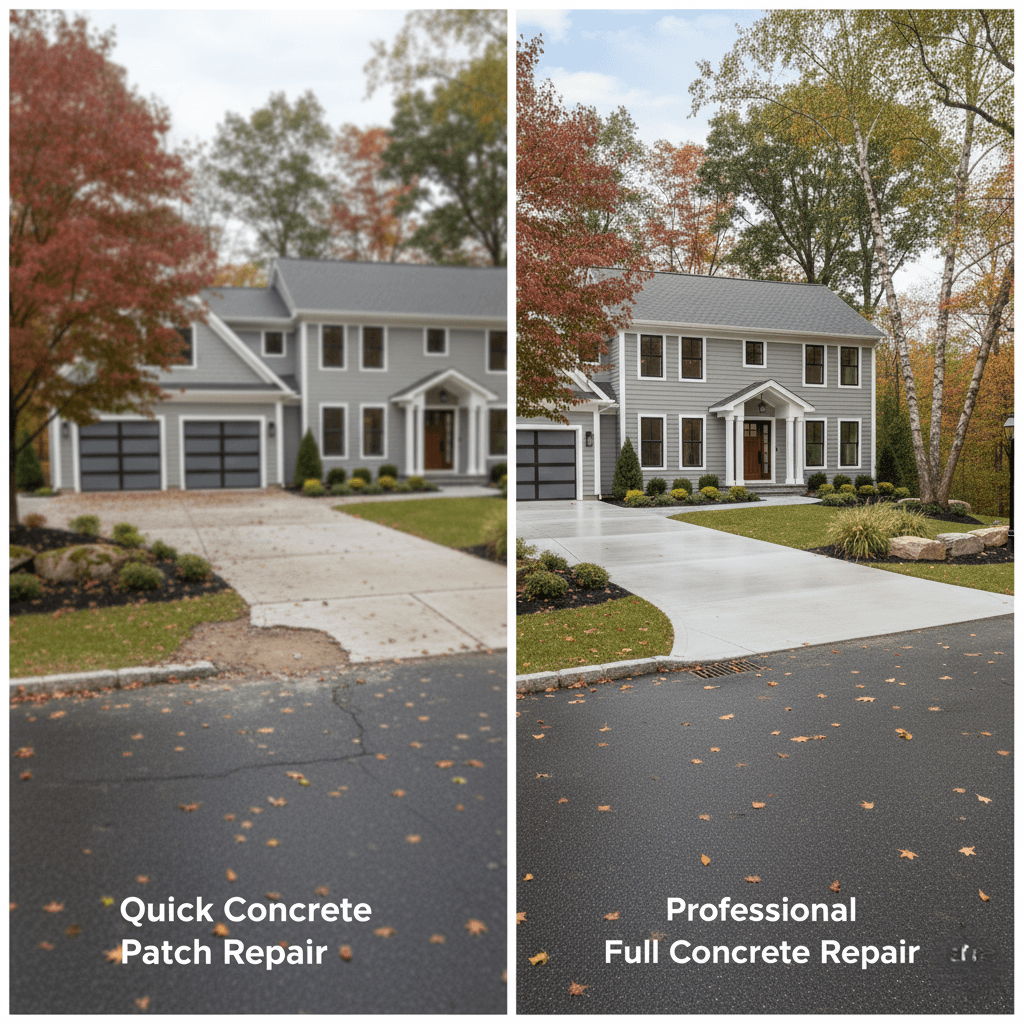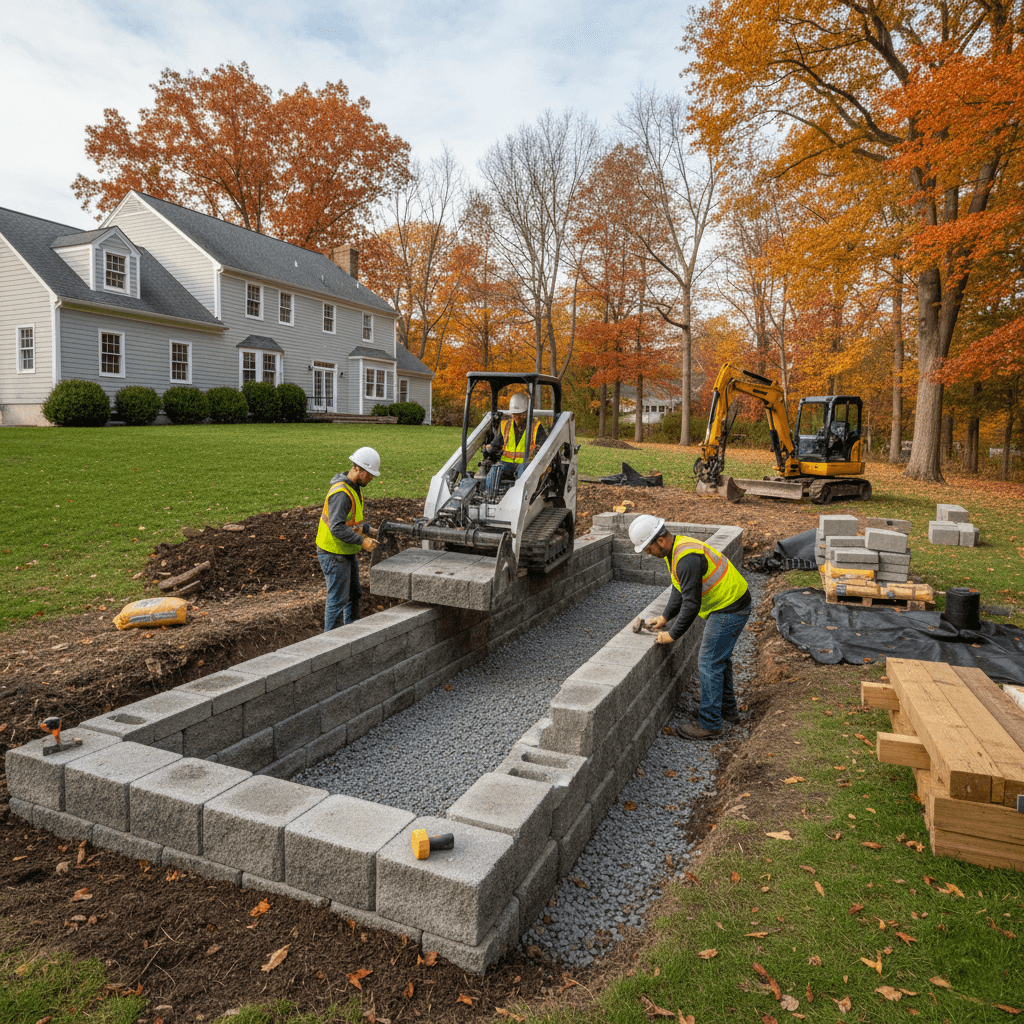
When Does a Springfield Home Need Concrete Resurfacing?
Concrete Resurfacing Springfield
Springfield homeowners face unique challenges that accelerate concrete deterioration, making timely concrete resurfacing essential for maintaining property value and safety. Massachusetts’ harsh freeze-thaw cycles, combined with seasonal temperature extremes, create conditions that rapidly damage unprotected concrete surfaces. Understanding early warning signs helps prevent minor issues from becoming costly replacement projects. Professional concrete resurfacing specialists in Springfield, MA, identify optimal timing based on surface conditions and seasonal factors. Recognizing damage patterns specific to New England climate conditions ensures appropriate intervention before structural integrity becomes compromised. Proactive surface maintenance protects investments while extending concrete lifespan significantly beyond typical expectations.
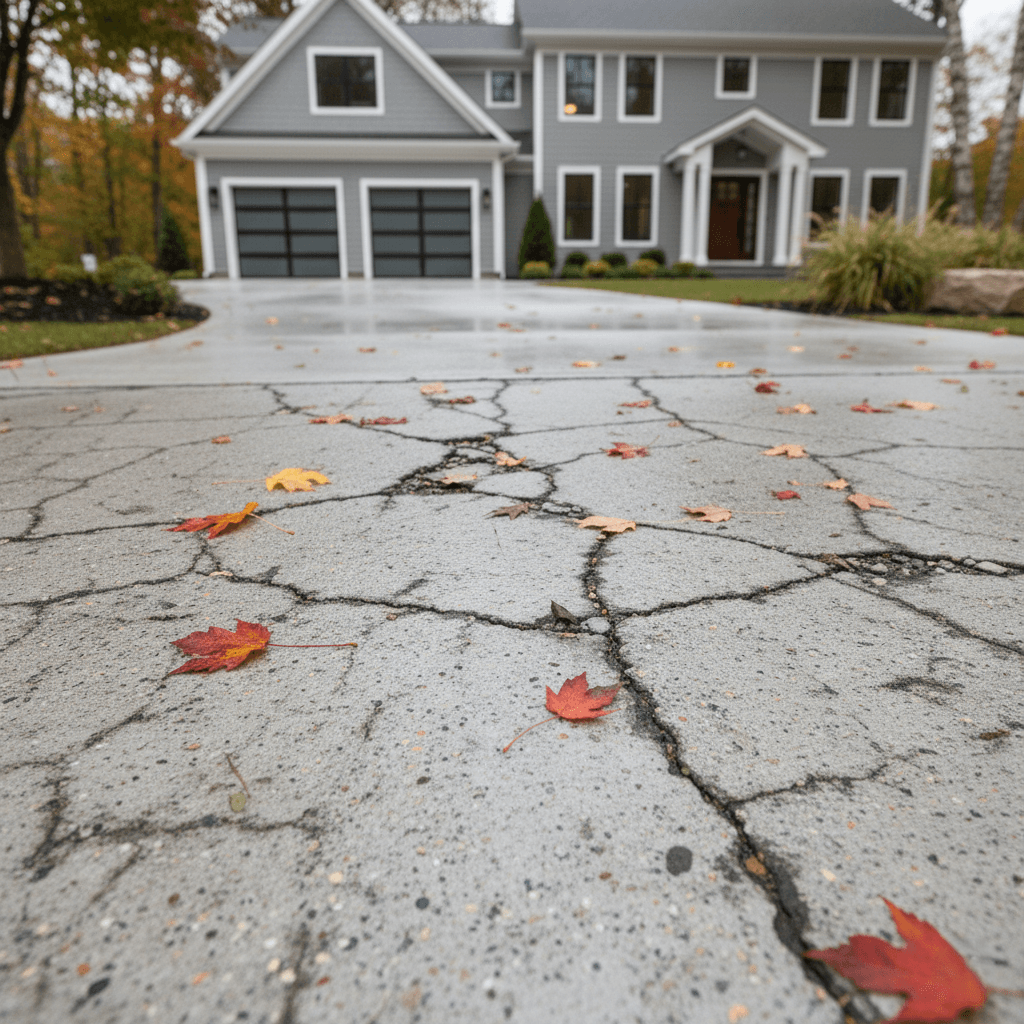
Freeze-Thaw Damage Indicators
Springfield’s winter conditions create perfect scenarios for freeze-thaw damage, the primary reason homes require concrete repair signs assessment. Water absorption followed by freezing causes internal pressure, leading to surface cracking and spalling. Small hairline cracks often appear first, expanding into larger fissures during subsequent freeze cycles.
Surface scaling manifests as flaking or peeling outer layers, particularly noticeable after the spring thaw around properties near Springfield College. Concrete becomes increasingly porous as freeze-thaw cycles repeat, creating cascading deterioration effects. Properties throughout Springfield’s residential areas show these patterns annually without proper protection.
Identifying Early Freeze Damage
Early detection prevents extensive damage requiring complete replacement rather than resurfacing. Pop-outs occur when aggregates break free from surfaces, leaving rough patches and holes. These issues commonly develop around areas experiencing poor drainage near Forest Park neighborhoods.
Surface Cracking Patterns
Different crack types indicate varying severity levels requiring different concrete restoration timing approaches. Hairline cracks under 1/8 inch wide often respond well to surface treatments and sealing. Wider structural cracks suggest foundation movement or heavy load damage requiring professional evaluation.
Map cracking creates interconnected crack networks across surfaces, indicating widespread deterioration. Properties near Springfield Technical Community College often show these patterns due to heavy traffic and age-related factors. Temperature-induced cracking follows predictable patterns related to expansion joint failures.
Crack Progression Monitoring
Regular monitoring helps determine optimal intervention timing before damage becomes irreversible. Seasonal crack movement indicates active freeze-thaw effects requiring immediate attention. Stable cracks may only need sealing, while active cracks need comprehensive resurfacing solutions.
Discoloration and Staining Issues
Persistent discoloration indicates surface porosity, allowing contaminant penetration, requiring professional attention. UV exposure creates fading patterns, particularly noticeable on colored or stamped concrete installations. Oil stains, rust marks, and chemical discoloration suggest compromised surface integrity.
Efflorescence appears as white mineral deposits, indicating moisture movement through concrete structures. Properties around the Memorial Bridge area commonly experience these issues due to proximity to water sources. Multiple stain types typically indicate surfaces ready for comprehensive resurfacing.
Aesthetic vs. Structural Concerns
Aesthetic issues often signal underlying structural problems requiring investigation. Professional assessment determines whether discoloration indicates surface-only problems or deeper deterioration. Early intervention addresses both appearance and protection simultaneously.
Drainage and Water Damage
Poor drainage accelerates concrete deterioration while creating safety hazards during the winter months. Standing water indicates surface settling or inadequate slope requiring correction during resurfacing. Puddle formation suggests subsurface voids affecting structural stability.
Ice accumulation patterns reveal drainage deficiencies common in properties near the Court Square area. Water flowing toward foundations rather than away indicates grading problems. Professional concrete maintenance in Springfield includes drainage assessment and correction.
Foundation Protection
Proper surface drainage protects foundation integrity while preventing basement moisture issues. Resurfacing projects include slope correction, ensuring water movement away from structures. Integrated drainage solutions address both surface and subsurface water management needs.
Age and Wear Factors
Concrete surfaces typically require resurfacing every 10-15 years in Springfield’s climate conditions. Heavy traffic areas show wear patterns earlier than low-use surfaces. Properties in established neighborhoods like Sixteen Acres often reach resurfacing needs simultaneously due to similar installation timing.
Surface texture deterioration affects both appearance and slip resistance during wet conditions. Smooth surfaces become increasingly slippery while rough surfaces collect debris and moisture. Professional evaluation determines whether surface deterioration signs warrant immediate attention.
Traffic Pattern Assessment
High-traffic zones show accelerated wear requiring priority attention during resurfacing planning. Vehicle turning areas experience maximum stress, leading to premature deterioration. Foot traffic patterns create distinct wear zones, particularly noticeable on walkways and entry areas.
Seasonal Timing Considerations
Optimal concrete resurfacing timing occurs during moderate weather conditions, avoiding temperature extremes. Spring assessment following winter damage reveals the full extent of required repairs. Fall installation allows curing before freeze exposure while avoiding summer heat stress.
Temperature requirements mandate surface and air temperatures above 50°F during application and curing periods. Springfield’s construction season typically runs from April through October, with peak quality conditions during May-June and September timeframes. Weather monitoring ensures optimal installation conditions.
Emergency vs. Planned Resurfacing
Emergency repairs address safety hazards regardless of seasonal timing. Planned resurfacing allows optimal material selection and curing conditions. Professional scheduling balances urgency with weather considerations, ensuring the best possible outcomes.
Professional Assessment Benefits
Professional evaluation distinguishes between surface issues suitable for resurfacing versus structural problems requiring replacement. Experienced contractors identify underlying causes preventing recurring damage. Comprehensive assessment includes substrate evaluation, drainage analysis, and material recommendations.
Professional concrete resurfacing Springfield, MA contractors understand local climate challenges and appropriate solutions. Proper surface preparation ensures optimal bonding and longevity. Material selection considers freeze-thaw resistance and local exposure conditions.
Cost-Benefit Analysis
Professional assessment helps determine whether resurfacing provides adequate value versus replacement options. Early intervention typically costs significantly less than delayed repairs. Comprehensive evaluation includes long-term maintenance requirements and expected service life projections.
We provide comprehensive concrete surface evaluation throughout Springfield, identifying optimal timing for resurfacing projects based on actual conditions and homeowner needs. Springfield Concrete Masters offers professional assessment services ensuring appropriate intervention timing while maximizing investment value and surface longevity in Massachusetts’ challenging climate conditions.

